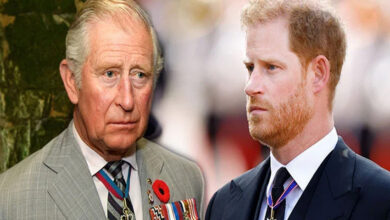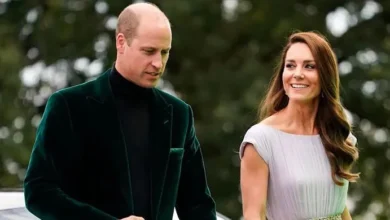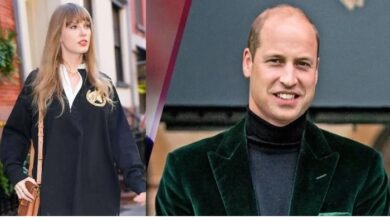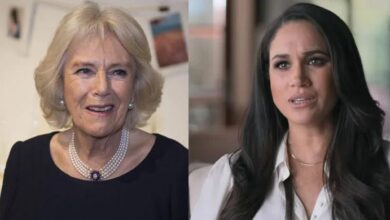Prince Andrew’s Property Battle with King Charles Exposes Hidden Secrets of the Royal Lodge
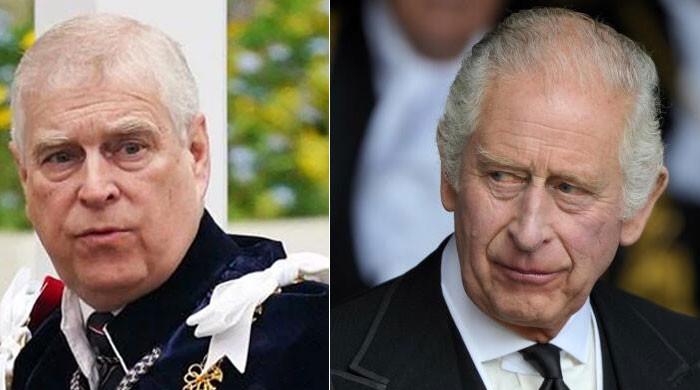
Prince Andrew’s ongoing situation concerning his lease of the Royal Lodge has garnered significant attention, prompting analyses from property legal experts about the possible future developments. The complexities of this royal arrangement are rooted in decades-old legal agreements and property laws that are seldom straightforward.
The Royal Lodge, a stately 30-bedroom property nestled on the Windsor estate, has been under the spotlight since Prince Andrew entered into a lease for it back in 2003. The Duke of York reportedly leased this grand residence for a modest yearly rent of £1 million, a figure that reflects its status and grandeur.
Additionally, the royal family invested over £7.5 million in refurbishments to modernize and renovate the lodge, making it a luxurious retreat befitting the royal household. This substantial investment underscores the importance of the property within Commonwealth holdings and royal assets.
Under the terms of the so-called “cast iron” lease, Prince Andrew is afforded significant security, which complicates any plans for early termination by the Crown Estate. If the Crown were to seek to remove him prematurely, he would be entitled to a compensation payout totaling approximately £557,595, valid until 2028.
Examining the legal perspective, Elliot Castle, CEO of We Buy Any Home, shed light on the intricacies of this long-term lease. He explained that, from a property law standpoint, the agreement resembles a long-term lease rather than a simple rental, giving Prince Andrew a sense of security.
Castle elaborated that, “The lease, established in 2003, involved a significant upfront payment, along with refurbishment investments. Such arrangements typically grant the tenant long-term rights and security of tenure.” This means that the Duke’s occupancy isn’t easily revoked without legal or financial obligations.
A key feature of this lease is the mention of a “peppercorn rent,” which is a symbolic rent often used in long leases where the tenant pays a minimal or nominal amount upfront, but secures extensive rights to the property. Essentially, it indicates a form of long-term purchase rather than a standard rental.
In simple terms, the lease can be seen as Prince Andrew having bought long-term rights to the property, even though the Crown estate retains ownership of the freehold. This creates a nuanced legal landscape that influences potential decisions over the property’s future.
King Charles’s ability to alter or terminate this lease hinges entirely on its specific legal structure. Without a clause explicitly allowing for termination under particular conditions, removing Prince Andrew from the lodge would be legally complicated and would likely involve negotiations or compensation.
Castle further clarified that, unless specific conditions allow for early lease termination, the Crown would need to either reach an agreement or provide compensation, regardless of personal or royal considerations. This reinforces the legal protections inherent in the long lease.
Regarding the Duke’s ex-wife, Sarah Ferguson, Castle noted her residency is primarily linked to Prince Andrew’s leasehold rights. As long as the lease continues, her position within the property typically remains stable, unless the lease terms change substantially.
Read More: Meghan Markle and Prince Harry Finally Break Silence After Fresh Humiliation
Despite public fascination with the issue owing to its royal connections, Castle emphasized that the underlying principles are quite standard in property law. Long-term leases usually provide security for tenants, but ultimate ownership remains with the freeholder, in this case the Crown Estate.
The situation exemplifies the complex intersection of royal assets, property law, and personal rights. It highlights that, behind the royal façade, legal frameworks govern their properties much like any other long-term leasehold arrangement.
As the issue unfolds, legal experts suggest that any move by King Charles to alter the lease would require careful legal consideration and likely some form of compensation. The strong protections embedded in the lease make quick or unilateral changes difficult.
For Prince Andrew and Sarah Ferguson, the current legal arrangement offers stability, but future decisions will depend on negotiations and the precise interpretation of the lease terms. The royal property landscape remains both intricate and fiercely protected by law.
In summary, while public attention often focuses on the personalities involved, the core of the Royal Lodge situation is rooted in sound property law principles. Long leases, significant refurbishments, and compensation clauses shape the ongoing debate about the property’s ownership and control.
Ultimately, the legal protections afforded by these long-term agreements mean that any potential changes will be a complex process, reflecting the importance and value of royal estate holdings. The case of Prince Andrew’s lease is a prime example of how royal assets are intertwined with established legal frameworks.
